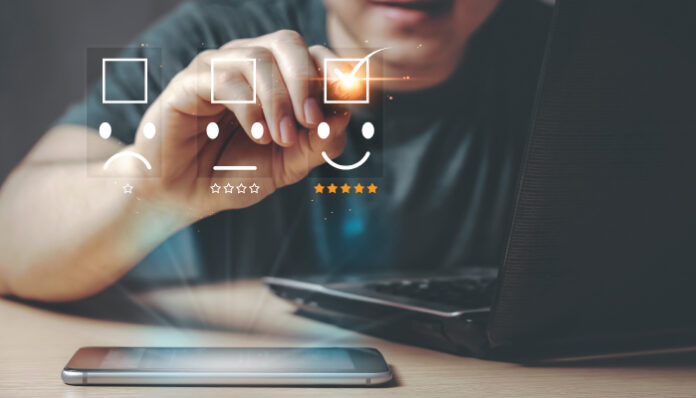There is no one single strategy that businesses can adopt, that offers a comprehensive physical and digital customer experience.
Depending on what enterprises sell and how that product appeals to the individual or business, they need to plan for an omnichannel experience. Sometimes it is basic needs where price might be the factor, and in other cases it might be more of a customer experience where connecting with that specific brand is more important. But, one thing that all strategies most often converge on, is convenience. Consider returns, communication, or when businesses ask their customers to talk for the brand -most importantly about the basics of buying experience – make it convenient and easy for the customer. Test all aspects of the customer journey over and over again to make strategic changes. Offering a physical and digital – phygital or omnichannel customer experience is essential for all businesses to stay competitive in the market.
Following are a few key strategies to offer a Phygital (physical + digital) customer experience:
Embrace the latest technologies
There were early attempts to make e-commerce more like an in-store experience. The problem, however, was that the format of a phone or computer is not built to serve that experience. New trends like VR and AR can certainly help in the right setting and with the right products but it should be done together with investing in a customer community talking about products and sharing their product experience, all of which should be on a feedback loop to the product enrichment/improvement processes.
Also read: Top Ways Businesses Can Strengthen Their Customer Experience Strategy
Deliver a seamless omnichannel customer experience
There should be a purpose of mimicking the in-store experience; and with metaverse capabilities, it is possible to create an in-store experience online. In this case, it is about the fully immersive experience of the online identity where users can shop for just that, an online identity or in some cases a bilateral identity. Creating a better experience online comes down to meeting the customer on their device and environment in the best possible way. That means that businesses need to focus on what creates the best experience within these frames. What is important is to connect to other channels in a way that serves the customer the best; a true omnichannel solution where users can transition their session into the next channel, which could be the store. This means walking into a store and connecting the session to the in-store display, self-checkout, or store associate and being able to do this without downloading an app, signing up, or any other obstacles. Making this easy builds convenience which in turn, builds natural loyalty.
Also read: Top SaaS Marketing Strategies for Businesses in 2023
“Having a channel-less customer journey is key. A customer journey that may have started digitally can now seamlessly continue in the store or continue from the store to a digital experience. Digitizing the store provides the same experience and convenience consumers have when shopping digitally from home and can streamline in-store processes, such as e-checkout,” – says Johan Liljeros, General Manager and Senior Commerce Advisor, North America, at Avensia
Delivering physical and digital customers in B2B Landscape
B2B is a very wide term that stretches from selling the most complex, non-commercial items that the majority have ever heard about, to selling office supplies on a marketplace. If enterprises focus more on the scale where the seller is providing something with a more direct value to the customer, then it comes down to customer experience and, again, convenience. All of which include performance, findability, inspiration, personalization, and accessible customer support. Enterprises need to make it easy for customers to find what they are looking for or what they usually buy and at the same time expose them to the total offering. This comes down to personalized searches, replenishment lists, quotes, and recommendations that actually count. Personalization goes beyond products, as all communication needs to be personalized and relevant to all the customers’ needs. This comes down to onsite communication and inspiration on starting, or landing pages, campaigns, PDFs, as well as e-mail, text, and social media. When it comes to customer support, try automated chatbots and then decide if it is a good solution for the business. We understand customer support is a cost, but armed with the right tools and permissions, it can not only build long-term loyalty but also directly affect the bottom line favorably.
Offering a physical and digital customer experience has become critical for businesses of every size, type, and industry to increase their conversion rate and enhance their customer experience.
For more such updates follow us on Google News TalkCMO News.







